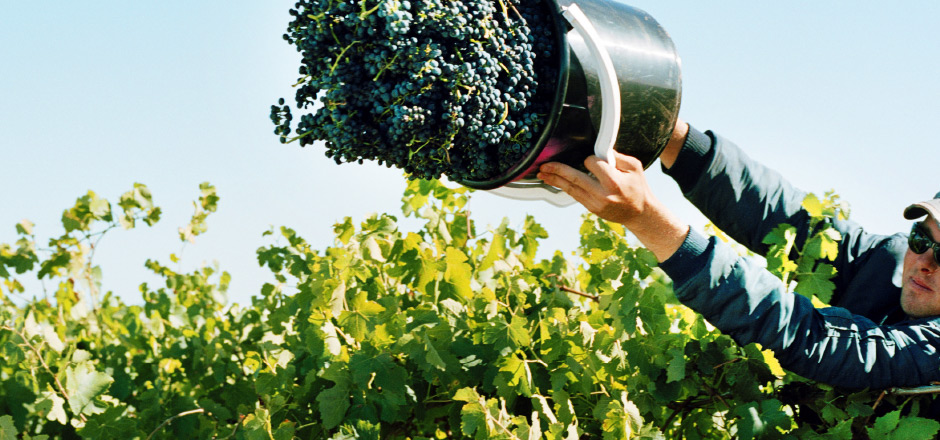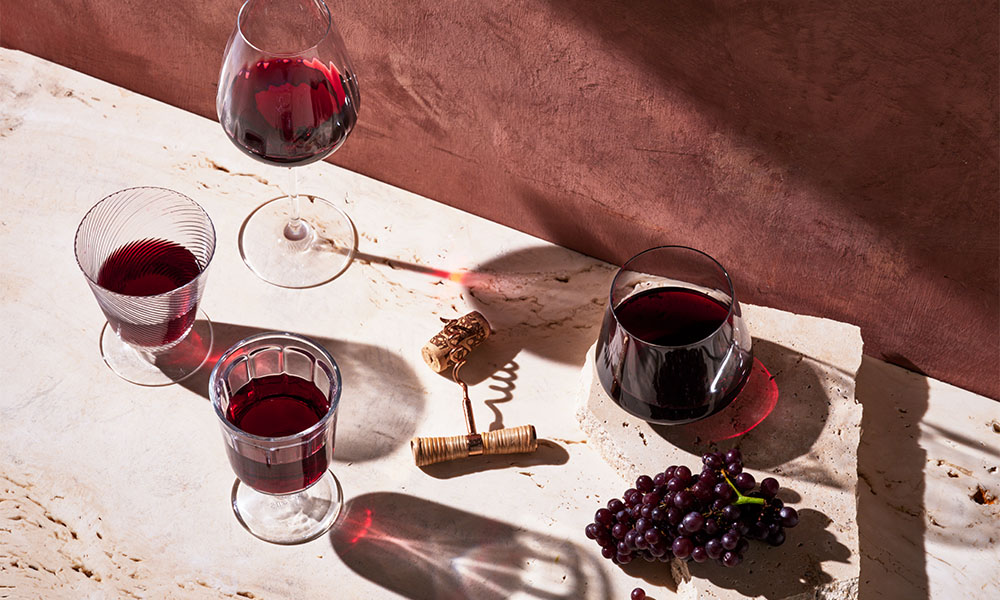

THE GRApe
- The Grape
Port and Tawny: A Buyer’s Guide
Read Time 5 Minutes
Posted 31 Aug 2022
By Vintage Cellars
Learn about the history & ageing process of the classic fortified wine of Portugal and uncover some great drops to try.


Fortification for the nation!
“Wine, wine, wine, elderberry! Wine, wine, wine, port, sherry!”
Stick McGee’s ragtime blues hit from the late 40’s is a celebration of all things wine and the lyrics hint at the popularity of all things fermented, with Stick and his buddy not only making reference to wine and sherry, but also extolling the virtues of the classic fortified wine of Portugal; Port.

The history
Port originates from a time long before the bluesman of America’s south were penning songs about their favourite libations. Its roots can be traced back to the 17th century when the English were at war with the French. Wines from France had traditionally always held pride of place at the dinner tables of the powerful and rich in England; however, the king of England (William III) took umbrage with the French and imposed a ban on imports of French wine. The ever resourceful merchants of the time were not to be deterred and, after a few false starts, they successfully found themselves a new ready supply of heady, full-bodied wines being produced in the Duoro Valley in Portugal that they were able to safely transport back to the British mainland. The trade rapidly evolved, and a number of wealthy merchants set up shop in the Duoro with famous names such as Warres, Taylor, Symington, Cockburn, Graham and Croft that were present in the early days of Port production continuing to shape and influence the industry to this day.
But what actually is Port?
Port is a fortified wine, which simply put is a wine that has had (grape) spirit added to the fermenting grape. Primarily, the spirit is added in order to halt the fermentation process. The result of this fortification is three fold; you end up with (1) a richly fruited youthful tannic wine with lots of rich, fresh, fruity flavours, (2) a wine with elevated alcohol level due to the partial ferment process and the addition of spirit and (3) a sweet wine with retained residual sugar due to the halting of the ferment before all the sugar has been converted to alcohol. This potent mix of fruit, alcohol and sugar means that the wine in its youth is raw, fiery, and fierce and quite simply – undrinkable! But alas, thankfully for us all, Port style wines are defined not by how they taste when they are young, but how they taste after an extended period of ageing before they are released and ready for us to wrap our tastebuds around.
The ageing process
There are two broad styles of Port method wines, wood aged and bottled aged. Within each of these two categories there is a myriad of Port style wines kicking about that are as versatile as they are enthralling. Wood aged ports (think tawny) are generally released after an extended time maturing in cask and are ripe for drinking on release. Bottle aged wines spend less time in cask (two to four years) and can age gracefully in bottle for not only years, but decades and even centuries.
It’s worth pointing out here that for a wine to be called Port, it can only come from Portugal. Australia has a long history with fortified wine production and until recently many producers referred to their wares as Port. EU geographical protection legislation put a stop to that and now producers outside of the Duoro are banned from using the world Port to describe their wines.
Getting your Port on
A great place to start your Port journey is with white Port. Not seen flying around too often, white Ports are wonderfully fresh and vibrant and when chilled down they make a thrilling aperitif. If it tickles your fancy, these white Ports can even be served long with a splash of soda, plenty of ice and a wedge of lemon!
Tawny Ports are the best example of wood aged Ports and come in all manner of styles and ages. Younger wines can have an almost orange peel zest to them that sits alongside lots of dried fruit flavours. Older examples exhibit wonderful aromas of dried figs, prune and spice, evoking memories of Christmas puddings. Try Taylor’s 10yo for a stunning introduction to the tawny style. It’s full of sweet red fruit and finishes fresh and moreish.
Bringing things back to home, Seppelt are the masters of all things fortified and even though it can no longer be called ‘Port’ their DP60 Rare Tawny is as good as anything you’ll see from the Duoro. It’s rich, complex and pushes into the caramel, rancio, and fig territory and keeps you going back for more. Overall this is a legendary wine.
Ruby Ports are a great way to introduce yourself to the other style of Ports. Aged in bulk in a mixture of vessels, ruby Ports are released young when full of fresh, crunchy and delicious red fruit flavours. Late bottled vintage (LBV) is the next step towards the top of the tree. The product of a single vintage, the wines are aged for around four years in wood and drink well in their youth, but also have the capacity to age nicely.
And last but not least to the king of Port – vintage. In ‘declared vintages’, the fruit needs to be of an exceptional quality, and if we’re lucky we’ll maybe get three or four declared vintages per decade. The wines are aged for only two years in wood and demand time in bottle for the tannins to soften and integrate with the fruit. Once they do you’re in for a treat and fortune really does favour the brave (or should that be patient?). For those keen to explore vintage Ports look no further than Taylor’s once more. The Taylor’s 1994 Vintage Port is a great wine, from a great producer and a great vintage and rivals any fine wine being produced anywhere in the world and with just over 20 years bottle age, it’s just starting to hit its peak drinking window now!
- The Grape
- View More Posts The Grape









